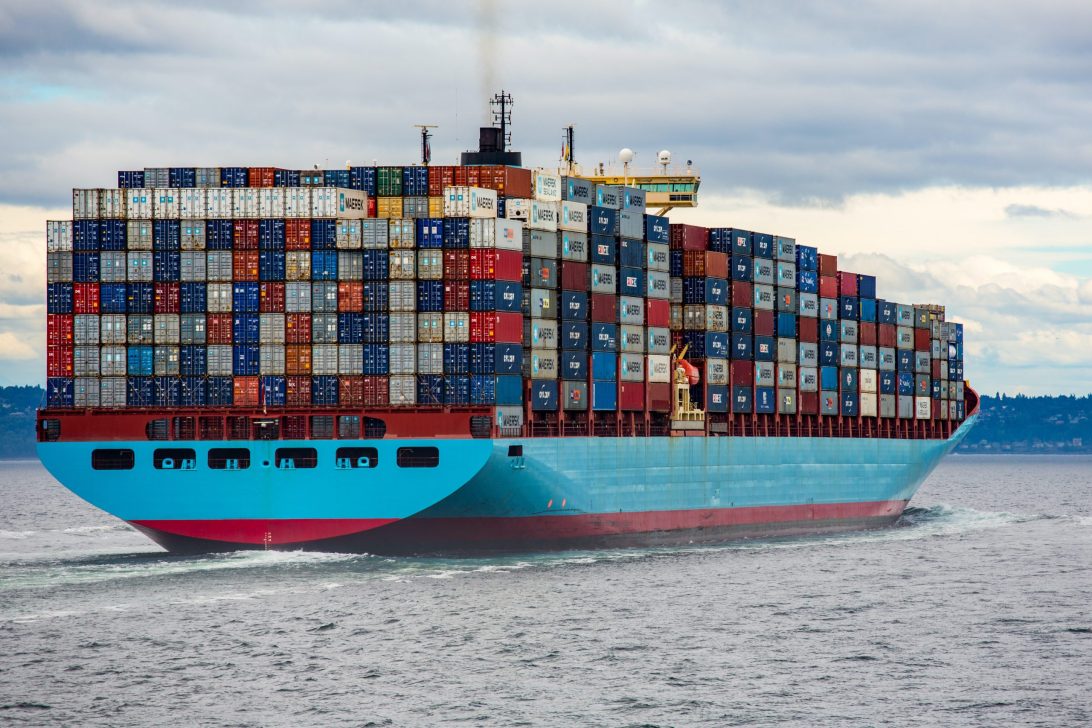
Any news watcher knows that the country is having “supply chain issues” right now, and many business owners are watching as their bottom line shrinks. So, what are a few ways to navigate these rough waters and steer your business ship through the storm?
What is supply chain and how do you track it?
The term “Supply Chain” describes the sequences of processes involved in the production and distribution of a product. It’s a network between a company and its suppliers to produce and distribute a product. Improving your supply chain processes will reduce costs and improve your bottom line.
Well-run organizations track their key performance indicators (KPIs). The more common ones include revenue growth trends, lead time on purchases, backorders (on purchases as well as sales order), gross margin %, inventory turn and days sales outstanding. You also need to understand your major cost drivers – labor, components, logistics etc. A disruption in the supply chain can affect many of your KPIs and your costs.
Protecting profitability during disruption
So, what can you do to protect your profitability when your supply chain has been disrupted? It can be summarized as follows: identify your KPIs, measure, analyze, take corrective action as appropriate, then repeat. Every business is different, but the process is similar. Most of the supply chain issues surround sourcing your components. And every customer is someone’s supplier, so the “chain” can be very long.
Only so much of the supply chain is in your control. The key is to stay on top of the KPIs. The best way to approach any problem is head-on and in a timely manner. Communicate. Many suppliers feel a fiduciary relationship to their customers, as you do to yours.
You may want to consider sourcing from multiple suppliers. There are arguments for and against choosing a single supplier for your business. Using too many different suppliers is more time-consuming and gives you less leverage to negotiate. However, dealing with only one or two suppliers can cause problems if things go wrong.
When to take corrective action
Corrective action is situational. Is the disruption in the supply chain considered temporary or permanent? What is the long-term impact? Can the cost be passed on to your customer, or does your company have to absorb them? If the former, are you at risk of losing your customer? If the latter, can you cut expenses elsewhere to protect your margins?
Inflation can cause similar pressures to a company’s bottom line. You may not have backorders like you do with supply chain interruption, but you still have to deal with margin pressures that may or may not be able to be passed on to your customer. Again, you need timely, accurate measurement of the key components of your business. If your manufacturing costs and operating expenses, you need to analyze and take corrective action, as appropriate.
Many businesses will go through periods of margin compression. Always have an adequate reserve of cash or funding available to get you through these times. Corrective actions can take time to implement, so be sure your company has enough liquidity to ride the storm.